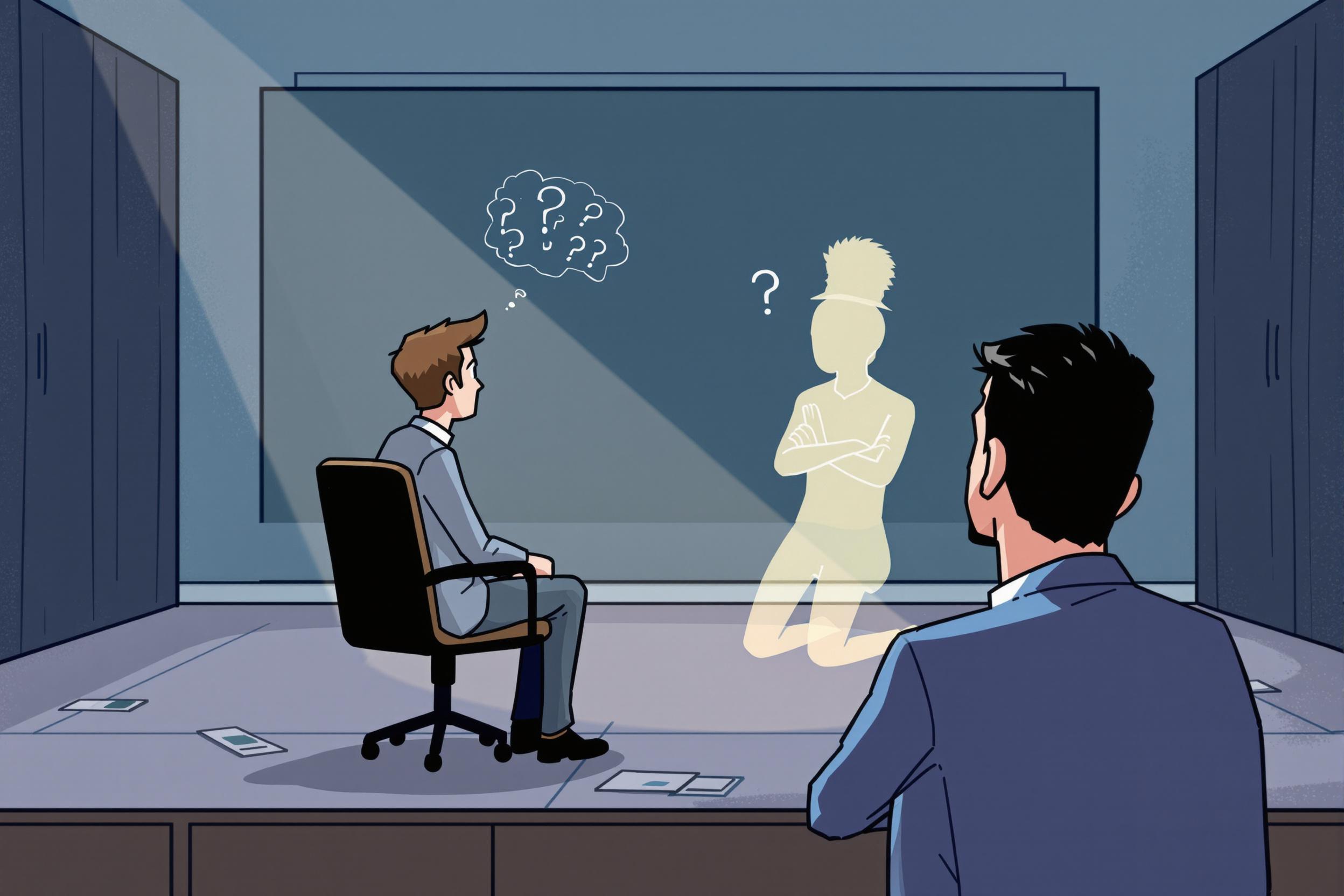
Active Stall
Active Stall is a control system used in wind turbines to manage how much power they produce. Think of it like cruise control in a car, but for wind turbines. When the wind gets too strong, this system adjusts the turbine blades to prevent damage and maintain steady power production. It's different from older systems because it can actively adjust the blades rather than just using fixed positions. This technology is important for wind farm operators because it helps protect their equipment and keeps power production more consistent.
Examples in Resumes
Maintained and troubleshot Active Stall control systems on 50+ wind turbines
Trained maintenance teams on Active Stall technology and safety procedures
Upgraded legacy pitch control systems to Active Stall mechanisms
Typical job title: "Wind Turbine Technicians"
Also try searching for:
Where to Find Wind Turbine Technicians
Professional Organizations
Job Boards
Online Networks
Example Interview Questions
Senior Level Questions
Q: How would you handle a situation where multiple turbines with Active Stall systems are underperforming?
Expected Answer: A senior technician should discuss systematic troubleshooting approaches, data analysis from multiple turbines, and ability to identify patterns that might indicate system-wide issues versus individual turbine problems.
Q: What improvements would you suggest to an existing Active Stall system?
Expected Answer: Should demonstrate knowledge of system optimization, maintenance cost reduction, and performance improvement strategies based on real-world experience.
Mid Level Questions
Q: What are the main differences between Active Stall and Pitch Control systems?
Expected Answer: Should be able to explain how Active Stall differs from other control systems in simple terms, including benefits and limitations of each approach.
Q: How do you diagnose problems in an Active Stall system?
Expected Answer: Should describe the step-by-step process of identifying issues, using monitoring tools, and implementing solutions while following safety procedures.
Junior Level Questions
Q: What is the basic purpose of an Active Stall system?
Expected Answer: Should explain that it's a safety and control system that helps manage wind turbine power output by adjusting blade positions based on wind conditions.
Q: What safety procedures are important when working with Active Stall systems?
Expected Answer: Should demonstrate understanding of basic safety protocols, including lockout/tagout procedures and when to call for senior support.
Experience Level Indicators
Junior (0-2 years)
- Basic understanding of wind turbine operations
- Routine maintenance procedures
- Safety protocols and procedures
- Basic troubleshooting skills
Mid (2-5 years)
- Detailed system diagnostics
- Component replacement and repair
- Performance monitoring
- Emergency response handling
Senior (5+ years)
- System optimization and upgrades
- Team leadership and training
- Complex problem diagnosis
- Project management
Red Flags to Watch For
- No understanding of basic wind turbine operation
- Lack of safety awareness or certification
- No hands-on maintenance experience
- Poor understanding of control systems
Related Terms
Need more hiring wisdom? Check these out...

Stop the Turnover Epidemic: Proven Tactics Every HR Leader Must Know

From Passive to Active: Nurturing Candidates Over the Long Haul

Ghosted Again? How to Stop Candidates from Disappearing and Start Engaging Them Better

